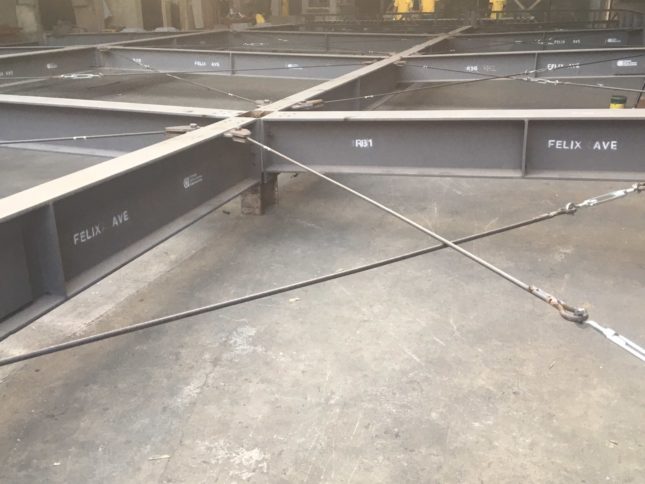

We see structures all around us — from bridges, railways, high-rise buildings, stairs, railings, and the like. But have you ever wondered what makes these structures remain firm and stand the test of time? The secret lies in the different types of structural steel that offer unmatched benefits compared to wood or concrete.
Well renowned across many structures as one of the most reliable and widely-available construction materials, structural steel has consistently been chosen for its advantages. As a material, steel provides exceptional toughness and strength — two features that all structures should exhibit nowadays.
With these qualities, structural steel becomes more impact resistant. When used as purlins or in roof constructions, for example, the steel channels can protect building inhabitants from natural disasters, like storms, heavy wind gusts, and even earthquakes. They’re also non-combustible, making them suitable for fire-rated structures. Recognized as the universal building material, it’s no surprise that structural steel has been consistently installed and implemented in almost everywhere you go. Read on to learn more.
Parallel flange channels are one type of structural steel that has flanges. Flanges are protruding rims or ridges that are typically attached to flat sections in order to increase load capacity or provide even weight distribution.
These steel channels often come as U-shaped or C-shape channels that have right angled corners. Unlike tapered channels that have a sloped design, the right-angled flange is equal in width and length. This leads to a better and more consistent strength-to-weight ratio, especially when installed as part of a building’s framework — beams, wall studs, and the like.
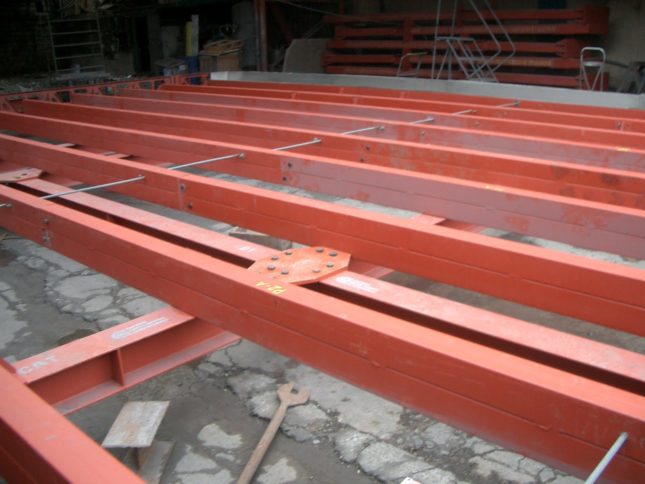
As previously mentioned, tapered flange beams are structural steel members that have tapered flanges that reduce in thickness on one end. Although this structural steel comes in I-shaped design, they are usually available in different sizes, depending on the capabilities of your chosen structural steel manufacturer.
These beams are typically used in construction as a cross-section for girders, or a type of beam that is used to support other beams. Compared to the parallel flange beams, however, tapered beams don’t necessarily provide a high resistance ratio. They have to be complemented with other kinds of structural steel in order to fully take advantage of their capabilities.
Angled sections are always manufactured as an L-shape channel or beam that can appear either as equal or unequal. They’re used anywhere in construction, from everyday household items, like custom bed frames, furniture, or even ladders. Due to its versatility, it has become a dependable material for virtually any building project imaginable.
Aside from their versatility, angled sections are also wholly affordable. They make the perfect option for a cost-effective construction project looking to lower expenses on material supply and resource, without quality drawbacks. Another benefit of the angled section is that it can be used alongside other building materials in order to speed up construction. When secured with nuts, bolts, and nails, they offer an improved resistance against impacts and better stability.
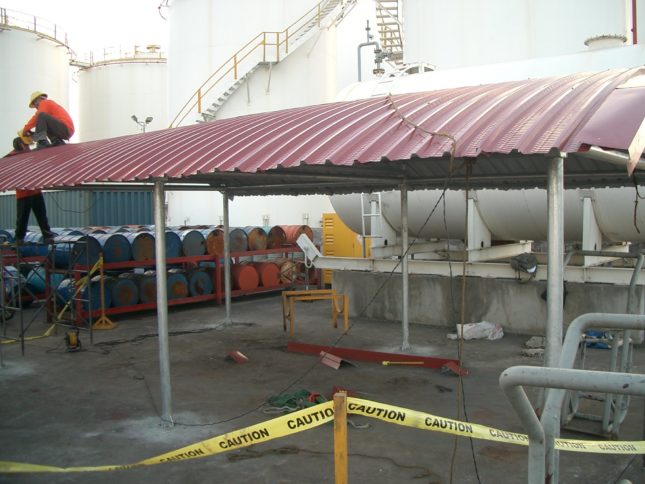
As the name suggests, circular hollow sections are structural steel tubes that possess a hollow shape or cross section. Also referred to as tubular steel, their defining feature is their uniform wall thickness that offers better torsion resistance unlike the tapered flange variety.
In construction, circular hollow sections can be found in HVAC systems, petrochemical structures, railings, agricultural housings, cranes, and a range of other steel projects. They are specifically built to withstand multi-axis loading processes, or loads that come in different directions.
Both rectangular and circular hollow sections have the unique shape suitable for both construction, structural, and mechanical steel applications. The difference between the two, however, is that rectangular tubing has a flat surface. This makes it easier for manufacturers or fabricators to use rectangular tubes for metal fabrication projects that involve flanging, punching, shearing, coining, and many more.
Rectangular tubes can be manufactured through hot rolling or cold rolling of steel coils that pass through a series of dies. Hot rolling is done with heat application, while cold rolling is done at room temperature, providing the rectangular tube with improved strength with lower internal stresses.
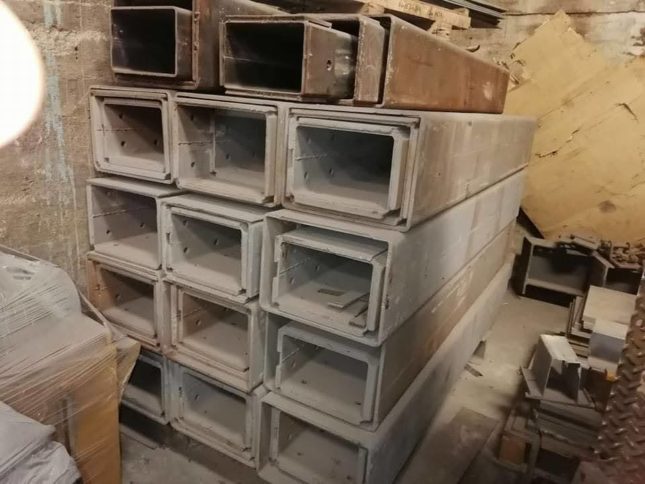
Flat bars are arguably the most flexible and all-around type of structural steel. They can be found in a variety of structures — from wall cladding, panelling, to decorative implements that can visually-enhance any building interior or exterior.
Like many of the types of steel on this list, steel flat bars are considered as pre-finished materials that have to undergo further manufacturing or processing. In order to make them ideal for these processes, flat bars are often made using mild steel or low carbon steel that’s machinable and ductile — easy to cut or formed in various shapes.
The different types of structural steel can be classified according to their type, uses, and design. In this list, you’ve encountered six of the most common ones, namely flat bars, circular hollow sections, tubular hollow sections, angled sections, tapered flange beams, and parallel flange channels. While they may not have similar properties, they still benefit from the features of steel that offer improved building resistance, strength, practicality, and cost-effective options.
The next time you’re planning or constructing a building project, why not make structural steel a part of it? Get your materials only from the Philippines’ leading fabricator and supplier of different kinds of structural steel — Astron Metal Works. Click here to contact us now and find out how we can sustain your steel requirements.

What are the benefits of quality control in metal fabrication? Enhances safety Cost savings Compliance with industry standards Boosts customer loyalty When sourcing for an industrial fabricator in the Philippines, it’s crucial to choose one that has an in-house quality control procedure. In the metal fabrication and manufacturing industry alike, quality control is defined as […]
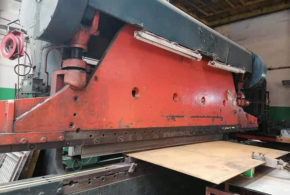
What are the techniques used in sheet metal fabrication? Shearing Cutting Bending Punching Assembling Sheet metal fabrication is defined as the manufacturing process of shaping sheet metal according to functional needs. Sheet metal is one of the most ideal materials for a wide array of industries because it is lightweight and immensely ductile. The techniques […]
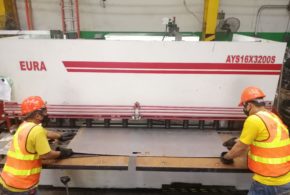
What are the uses of CNC cutting services in the Philippines? Construction materials Food production items Metal furniture Gas station fixtures CNC cutting refers to the metal fabrication procedure that involves using computer numerical control routers with the advantage of versatility and flexibility being derived from automation. The computerized routers are adept in cutting […]

What are the uses of sheet metal fabrication? Construction Petroleum Industrial Industries Sheet metal refers to metal formed into thin sheets, typically by hammering or rolling. It is highly durable and able to maintain its structural integrity, making it easy to work as it can be bent, stamped, cut, dished, and punched. Sheet metal fabrication […]